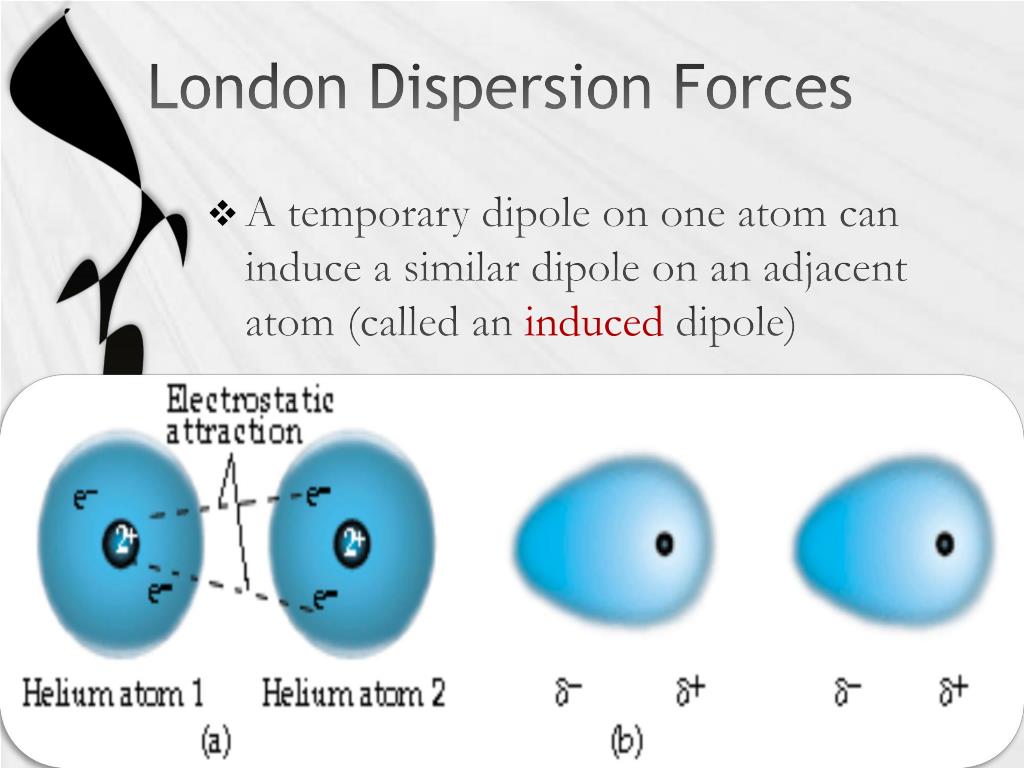

We propose a revised approach to understanding the transition from solid soluble particles to liquid droplets, typically described as cloud condensation nucleation – a process that is traditionally captured by Köhler theory, which describes a modified equilibrium saturation vapor pressure due to I. That said, precise atmospheric phase behavior is difficult to quantify and observations have shown that precondensation of water below predicted saturation values can occur. The phase state of atmospheric particulate is important to atmospheric processes and aerosol radiative forcing remains a large uncertainty in climate predictions. Use of these novel phenomena in future materials applications provides interesting opportunities in materials design.

Novel phenomena, such as equilibrium surficial films and bimodal wetting/dewetting, can result in materials systems when the characteristic wavelengths of the interatomic bonds and the physical interlayer thicknesses lead to a change in the sign of the dispersion force. The London dispersion force is retarded at large separations, where the transit time of the electromagnetic interaction must be considered explicitly. The intrinsic length scale at which there is a transition from the continuum perspective (dispersion forces) to the atomistic perspective (encompassing interatomic bonds) is critical in many materials problems, and the relationship of dispersion forces and intergranular films may represent an important opportunity to probe this topic.

Dispersion forces have an important role in the properties of numerous ceramics that contain intergranular films, and here the opportunity exists for the development of an integrated understanding of intergranular films that encompasses dispersion forces, segregation, multilayer adsorption, and structure.
LONDON DISPERSIO CRACK
London dispersion forces are important in both adhesion and in sintering, where the detailed shape at the crack tip and at the sintering neck can be controlled by the dispersion forces. Additional applications include the interparticle forces that can be measured by direct techniques, such as atomic force microscopy. The ubiquitous nature of the London dispersion forces makes them a factor in a wide spectrum of problems they have been in evidence since the pioneering work of Young and Laplace on wetting, contact angles, and surface energies. Typically, they are a component with other forces in a force balance, and it is this balance that dictates the resulting behavior. Dispersion forces can play a critical role in materials applications. Development of solutions for generalized multilayer configurations of materials are needed for the treatment of more-complex problems, such as graded interfaces. Expanded databases of London dispersion spectra of materials will permit accurate estimation of both nonretarded and retarded dispersion forces in complex configurations. Opportunities include development of improved index approximations and parametric representations of the optical properties for estimation of Hamaker constants. With recent access to new experimental and ab initio tools for determination of optical properties of materials, dispersion force research has new opportunities for detailed studies.

The force law scaling constant of the dispersion force, known as the Hamaker constant, can be determined from spectral or parametric optical properties of materials, combined with knowledge of the configuration of the materials. Dispersion forces are present for all materials and are intrinsically related to the optical properties and the underlying interband electronic structures of materials. London's and Hamaker's work on the point-to-point dispersion interaction and Lifshitz's development of the continuum theory of dispersion are the foundations of our understanding of dispersion forces. The London dispersion forces, along with the Debye and Keesom forces, constitute the long-range van der Waals forces.


 0 kommentar(er)
0 kommentar(er)
